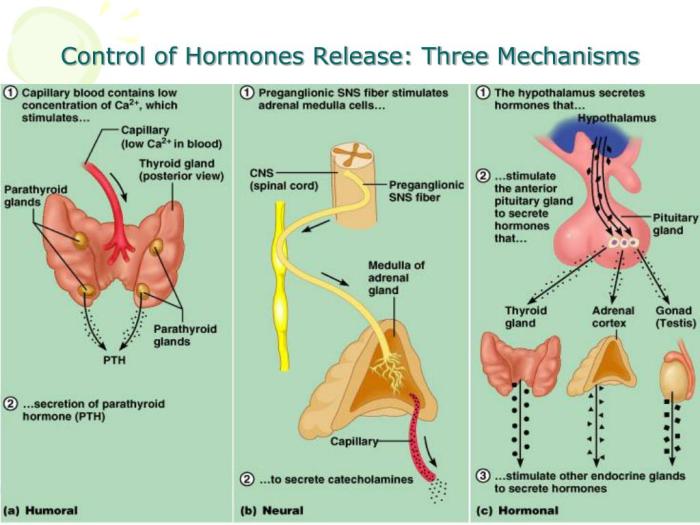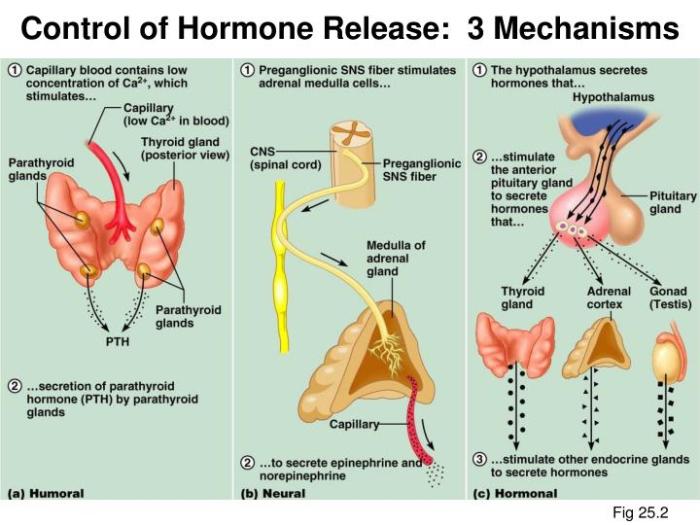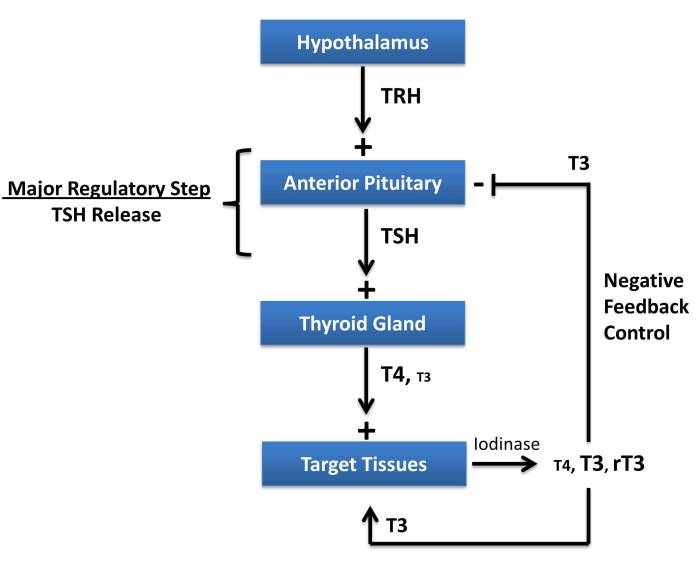Figure animations regulation of hormone release – Figure animations, a captivating form of visual storytelling, possess an intriguing ability to influence our hormonal landscape. This discourse delves into the intricate interplay between figure animations and hormone release, exploring its profound implications for our physical and emotional well-being.
Through a comprehensive examination of scientific research and real-world examples, we unravel the mechanisms by which figure animations trigger hormonal responses, shaping our perception of the world around us. We also explore the ethical considerations and future directions surrounding this fascinating field.
Hormone Release Regulation by Figure Animations: Figure Animations Regulation Of Hormone Release

Figure animations, through their dynamic and visually stimulating nature, have been found to influence the release of hormones in the body. The underlying mechanism involves the activation of specific neural pathways that trigger the release of neurotransmitters, which in turn stimulate the endocrine glands responsible for hormone production.
For instance, research has demonstrated that exposure to animated figures depicting positive emotions, such as happiness or excitement, leads to an increase in the release of dopamine, a neurotransmitter associated with feelings of pleasure and reward. Conversely, exposure to animated figures portraying negative emotions, such as fear or sadness, has been shown to trigger the release of cortisol, a stress hormone.
Impact of Figure Animations on Hormone Levels
The impact of figure animations on hormone levels can vary depending on the duration and intensity of exposure. Short-term exposure to animated figures has been found to have immediate effects on hormone levels, while long-term exposure can lead to more sustained changes.
- Short-term exposure:Exposure to animated figures for a short period of time, such as watching a cartoon or playing a video game, can result in temporary fluctuations in hormone levels. For example, a study found that watching a humorous animated film led to a significant increase in dopamine levels, which returned to baseline after the film ended.
- Long-term exposure:Prolonged exposure to animated figures, such as through regular viewing of animated TV shows or movies, can have more lasting effects on hormone levels. Research has shown that individuals who frequently watch animated content may exhibit altered levels of hormones, such as increased cortisol levels in response to stress and decreased dopamine levels in response to pleasurable stimuli.
Role of Hormones in Figure Animation Perception, Figure animations regulation of hormone release
Hormones play a crucial role in shaping our perception and interpretation of figure animations. Fluctuations in hormone levels can influence our emotional responses to animated figures and affect our overall experience.
- Dopamine:Dopamine, a neurotransmitter associated with pleasure and reward, enhances our enjoyment of animated figures and makes them more engaging. It influences our perception of the characters’ actions and motivations, leading to feelings of satisfaction and contentment.
- Cortisol:Cortisol, a stress hormone, can dampen our enjoyment of animated figures and make them less appealing. It shifts our focus towards potential threats and dangers, reducing our capacity for relaxation and entertainment.
General Inquiries
How do figure animations regulate hormone release?
Figure animations can trigger specific hormonal responses by stimulating the release of neurotransmitters, which then interact with hormone-producing glands.
What are the long-term effects of figure animation exposure on hormone levels?
Prolonged exposure to figure animations can lead to chronic hormonal imbalances, potentially affecting mood, sleep, and overall health.
How do hormones influence our perception of figure animations?
Hormones can modulate our emotional responses to figure animations, affecting our interpretation of their content and our overall enjoyment.


